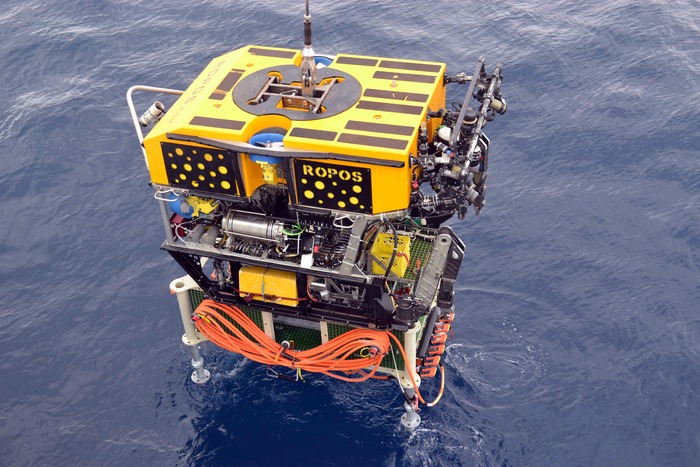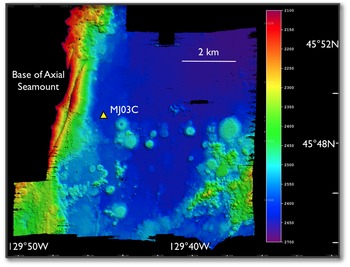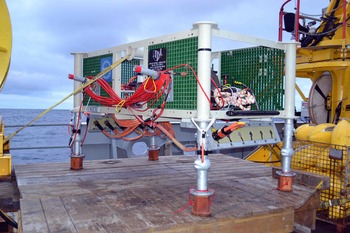- Visions18
- Visions17
- Visions16
- Visions15
-
Visions14
- End of Leg 7
- Leg 6 gets underway
- Calm before the storm
- Reloading for the next mooring
- Leg 5a: A Blur of Activity at A ...
- VISIONS14 Leg 4 Comes to an End ...
- Fire Hose Of Methane Out of Sou ...
- Work, Weather, and Life in the ...
- Troubleshooting, Weather, and t ...
- How Much Methane Comes Out of T ...
- Imaging Einstein's Grotto
- Success at Oregon Offshore
- Busy Days at Hydrate Ridge and ...
- To Sea We Go
- Leg 4 Hydrate Ridge Adventures
- Shallow Waters
- Standing on Two Legs
- High Waves, Deep Methane
- Endurance Required
- Leg 3 Begins
- The Golden Spike
- The Best Laid Plans
- HPIES and Cake and profilers
- Unexpected sightings
- Axial Base Camp
- Slope to Seamount
- VISIONS 14 Leg 2 Begins
- Steaming In Completed Our Work
- International District Complete ...
- Installation Complete At Intern ...
- Intense Activity on the Thomas ...
- Installing J Boxes and Instrume ...
- Completing the Cable and Juncti ...
- Preparing to Install Cable at 8 ...
- Diving in the International Dis ...
- Weather Day in the NE Pacific
- Steaming to Axial Seamount
- Nearly 25 years of dreaming...
- Loading and Mobilizing in Seatt ...
September 2014
August 2014
July 2014
- Construction
- Visions13
- Visions12
- Visions11
- Enlighten
Today has been an intense, very exciting day - it is only 1815, and ROPOS has already made two trips to the seafloor in the International District vent field during Dives R1717 and R1718.
Last night and into the early morning, large swells up to 10 feet tall kept us from diving with the heavy junction boxes, which can weigh >2500 lbs. To efficiently use the ship, Brendan Philip, a recent graduate from the School of Oceanography undergraduate program, designed and ran an EM302 bathymetric survey for several hours at the base of Axial Seamount. Here, he mapped at relatively high resolution, the sites where the Shallow Profiling and Deep Profiling moorings will be installed later in the VISIONS'14 program.
In the early morning, the weather continued to improve and at ~ 10:15, ROPOS dove to the seafloor with the medium-powered junction box MJ03C, hosting a temperature-resisitivity probe. Descending at >75 feet/minute ROPOS reached bottom at 1156 and deployed the junction box and connected it to the 2300 m-long cable that will connect it to Primary Node PN3B.
In record time, ROPOS was back in the water for dive R1718, taking the medium-powered junction box MJ03D to the seafloor. The ROV launched at 4:15 and by 5:38 it had descended 5000 ft to the seafloor with the secondary node. In a total of 5 minutes, the junction box was deployed in the field, and ROPOS had left bottom for the return to the surface! JOB WELL DONE ROPOS TEAM!




